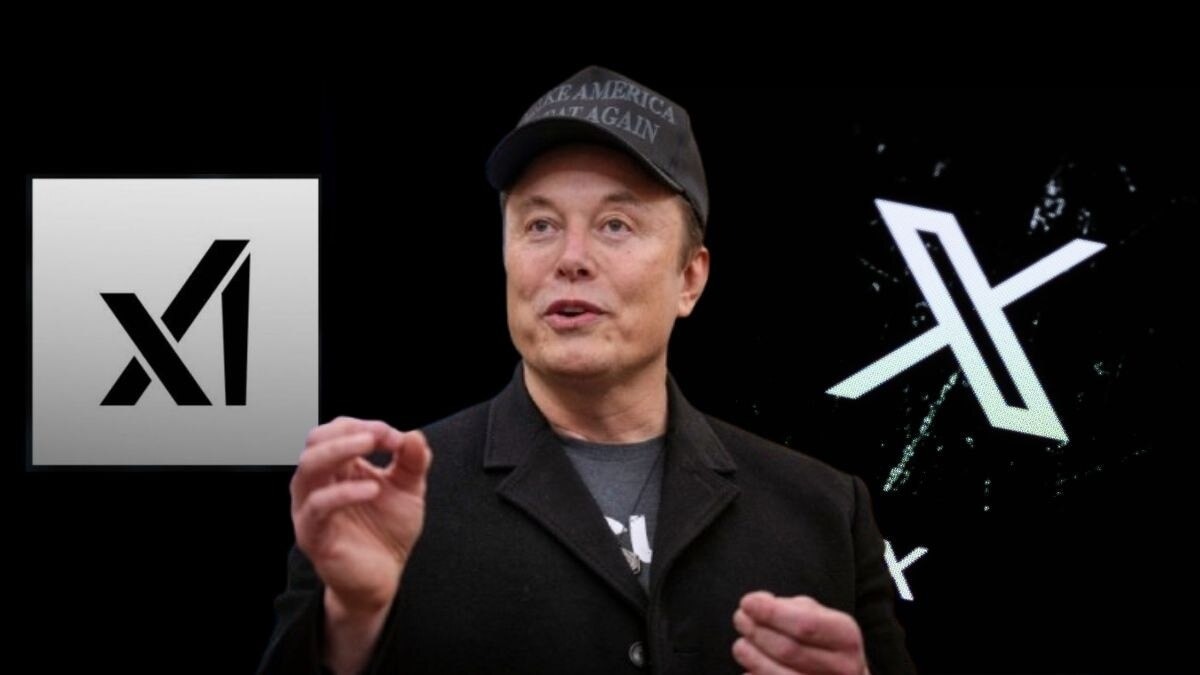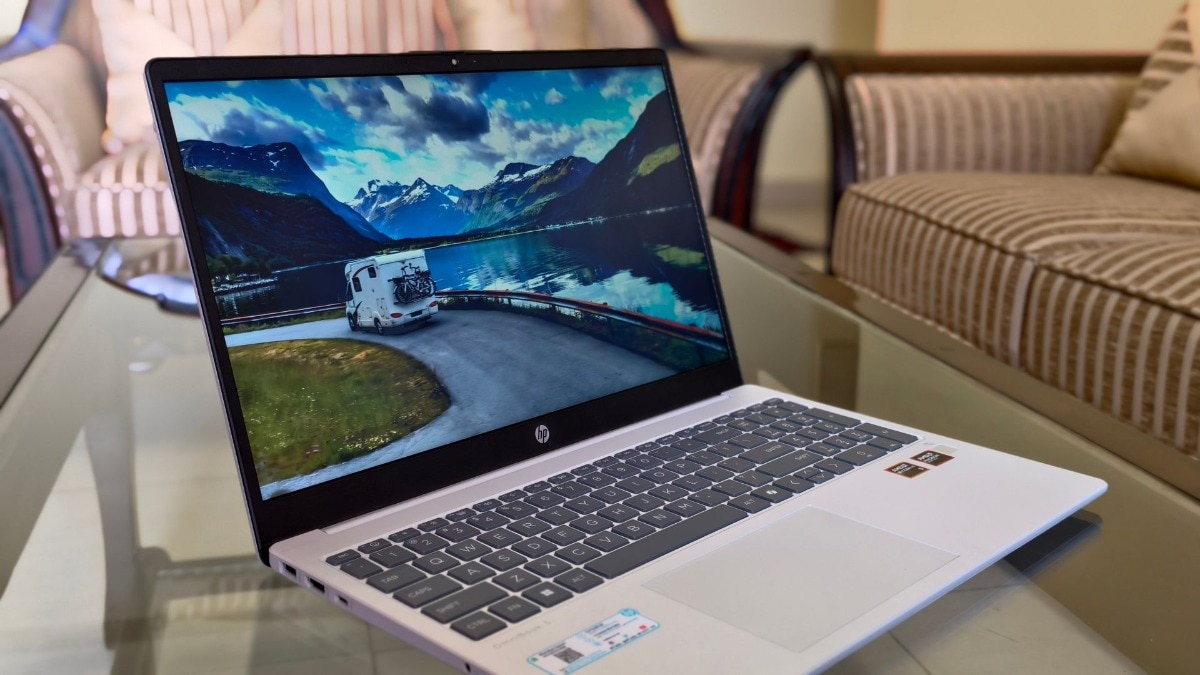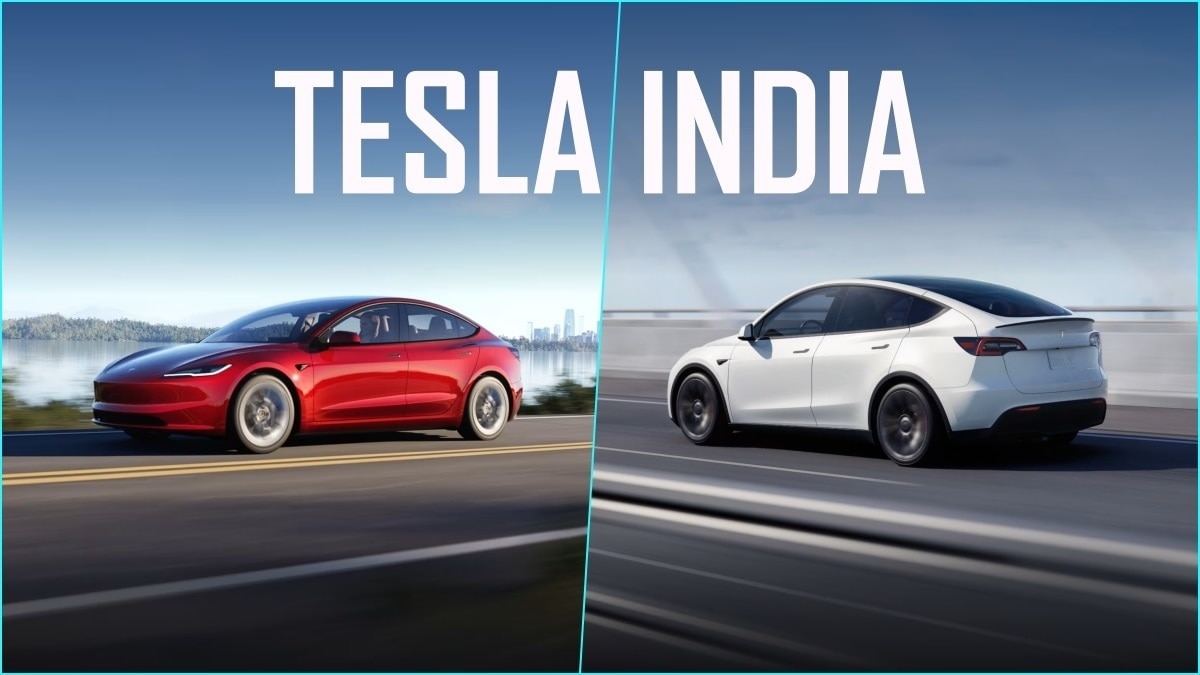Artificial Intelligence Revolutionises Early Pregnancy Detection with Wearables
Artificial Intelligence has made significant advancements, now enabling the detection of early signs of pregnancy with an impressive accuracy of up to 92%. This achievement utilises behavioural data collected from iPhones and Apple Watches, demonstrating a remarkable leap in the use of everyday health data as predictive tools.
Breakthrough Study and Methodology
The study, named Beyond Sensor Data: Foundation Models of Behavioural Data from Wearables Improve Health Predictions, moves past conventional health tracking methodologies that typically focus on basic sensor inputs like heart rate or oxygen levels. Instead, it investigates long-term behavioural trends, including sleep quality, mobility, heart rate variability, and activity levels, leveraging Apple’s sophisticated algorithms.
Training the Wearable Behaviour Model
The Wearable Behaviour Model (WBM) was developed using over 2.5 billion hours of data collected from participants in the Apple Heart and Movement Study (AHMS), which involved more than 160,000 volunteers. To enhance accuracy, researchers assembled a specific pregnancy dataset derived from data across 430 pregnancies and also sourced information from over 24,000 women under 50 who were not pregnant.
Long-Term Behaviour Tracking
Unlike traditional methods that focus on immediate biometric spikes, the WBM identifies subtle, cumulative behavioural changes over time. Employing an advanced AI architecture known as Mamba-2, which excels in time-series data analysis such as daily routines, the model detects weekly physiological changes that can signal pregnancy, infections, or recovery from injuries.
Indicators of Pregnancy
Concerning pregnancy detection, the AI model recognised key behavioural indicators, including changes in gait, decreases in mobility, and disrupted sleep patterns, as early and trustworthy signs. When combined with biometric data, such as photoplethysmography (PPG), the WBM achieved a remarkable 92% accuracy in detecting pregnancy.
The Future of Reproductive Health with Apple Devices
The results indicate that the Apple Watch and iPhone could evolve into crucial tools in reproductive health, potentially offering non-invasive and early-stage pregnancy detection as an integrated feature. Nevertheless, researchers emphasised that this technology is not meant to completely replace raw sensor data. Instead, they champion a hybrid approach, where behavioural insights provide context while traditional sensors record real-time events.
Beyond Pregnancy Detection
In addition to pregnancy detection, the AI model exhibited promising results across 57 different health prediction tasks. This included early identification of respiratory infections and providing insights into medication adherence, such as the use of beta blockers.
The Transformative Potential of Wearable Data
As Apple continues to delve into the extensive capabilities of wearable data, this study underscores how behavioural AI may transform the Apple Watch into a more proactive and intelligent health companion.









